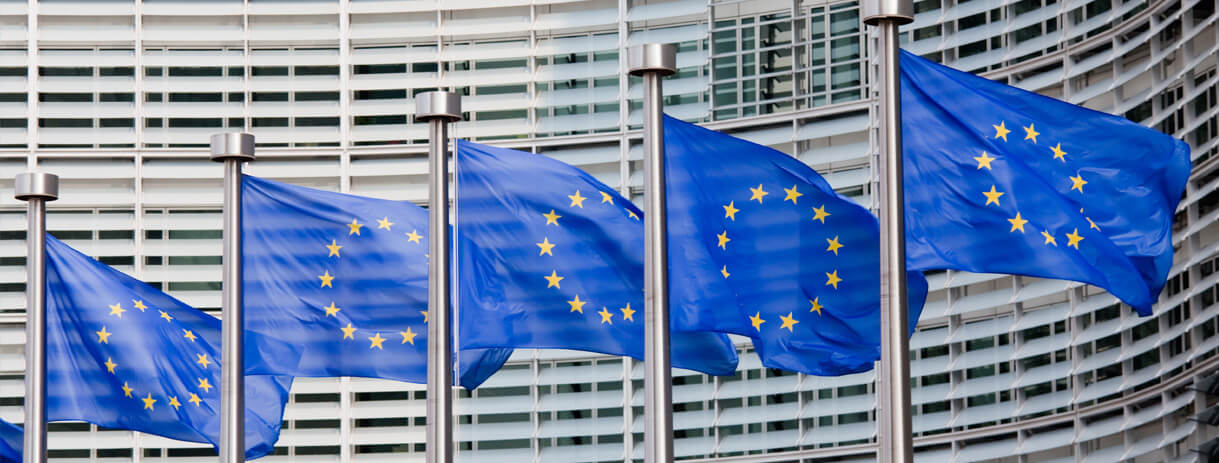
On 3 December, the Council of the EU approved conclusions on cardiovascular health, marking a significant step toward improving outcomes in Europe. This milestone publication delivers long-awaited political commitment to address the burden of cardiovascular disease (CVD), which accounts for approximately 1 in 3 deaths in the EU. The document, initiated by the Hungarian Presidency of the Council, presents tangible recommendations for improving prevention, early detection and treatment.
Heart failure is the leading cause of preventable hospitalisations in Europe, yet it is often under-represented in policy discussions. As such, we were highly committed to advocating for its adequate prioritisation in the Council Conclusions. We worked closely with the Hungarian Society of Cardiology to launch a policy submission to the Hungarian Presidency at a dedicated event in Budapest. The document – signed by 28 leading heart failure clinicians, patient advocates and political representatives from across Europe – called for sufficient inclusion of heart failure in the EU’s approach to improving cardiovascular health. We are delighted to see elements from this submission present in the final Council Conclusions.
Heart failure is the first specific condition called out in the document and is listed several times alongside other cardiovascular conditions. It is also mentioned in relation to early diagnosis and multiple long-term conditions (such as diabetes and chronic kidney disease). We also welcomed the Council’s recommendation to enhance research and innovation on unmet needs for cardiovascular health (e.g. through biomarker and point-of-care testing, AI, telemedicine and electronic registries). This will help address challenges in the heart failure care pathway and support evidence-informed policymaking.
These Council Conclusions mark significant progress, but they emphasise a primary prevention approach. While addressing the determinants of cardiovascular health – such as environmental and lifestyle risk factors – is often preferable to focusing on treatment, cardiovascular disease is not always preventable, and people who develop CVD are entitled to best-practice care. It is therefore essential that broader consideration of integrated care pathways, specialist nursing and cardiac rehabilitation are brought into the conversation and included in any EU cardiovascular health plan.
The launch of these Council Conclusions marks not the end, but the start of the journey. As an active part of the cardiovascular community, we look forward to continuing to secure progress for people living with cardiovascular disease in Europe.